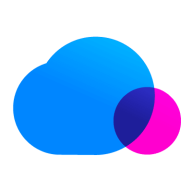

Find out what your peers are saying about Red Hat, Amazon Web Services (AWS), VMware and others in Container Management.


Red Hat® OpenShift® offers a consistent hybrid cloud foundation for building and scaling containerized applications. Benefit from streamlined platform installation and upgrades from one of the enterprise Kubernetes leaders.
Spot provides dynamic workload management for cloud environments, offering cost optimization and enhanced performance. It stands out with its unique approach to managing resources efficiently.
Spot is designed to enhance cloud resource utilization and cost-effectiveness through intelligent workload management. With real-time analysis, Spot determines and deploys the most efficient resources, ensuring optimal performance for applications. Businesses benefit from reduced cloud expenses and increased operational efficiency, making it an essential tool for managing cloud infrastructure effectively.
What are the key features of Spot?In finance, Spot ensures cost-effective cloud computing for trading platforms, while in e-commerce, it dynamically manages back-end processes. In the entertainment industry, Spot optimizes media streaming by deploying resources when user demand spikes. Each industry leverages Spot to maximize performance and minimize operational costs, demonstrating its versatility and reliability across sectors.
We monitor all Container Management reviews to prevent fraudulent reviews and keep review quality high. We do not post reviews by company employees or direct competitors. We validate each review for authenticity via cross-reference with LinkedIn, and personal follow-up with the reviewer when necessary.